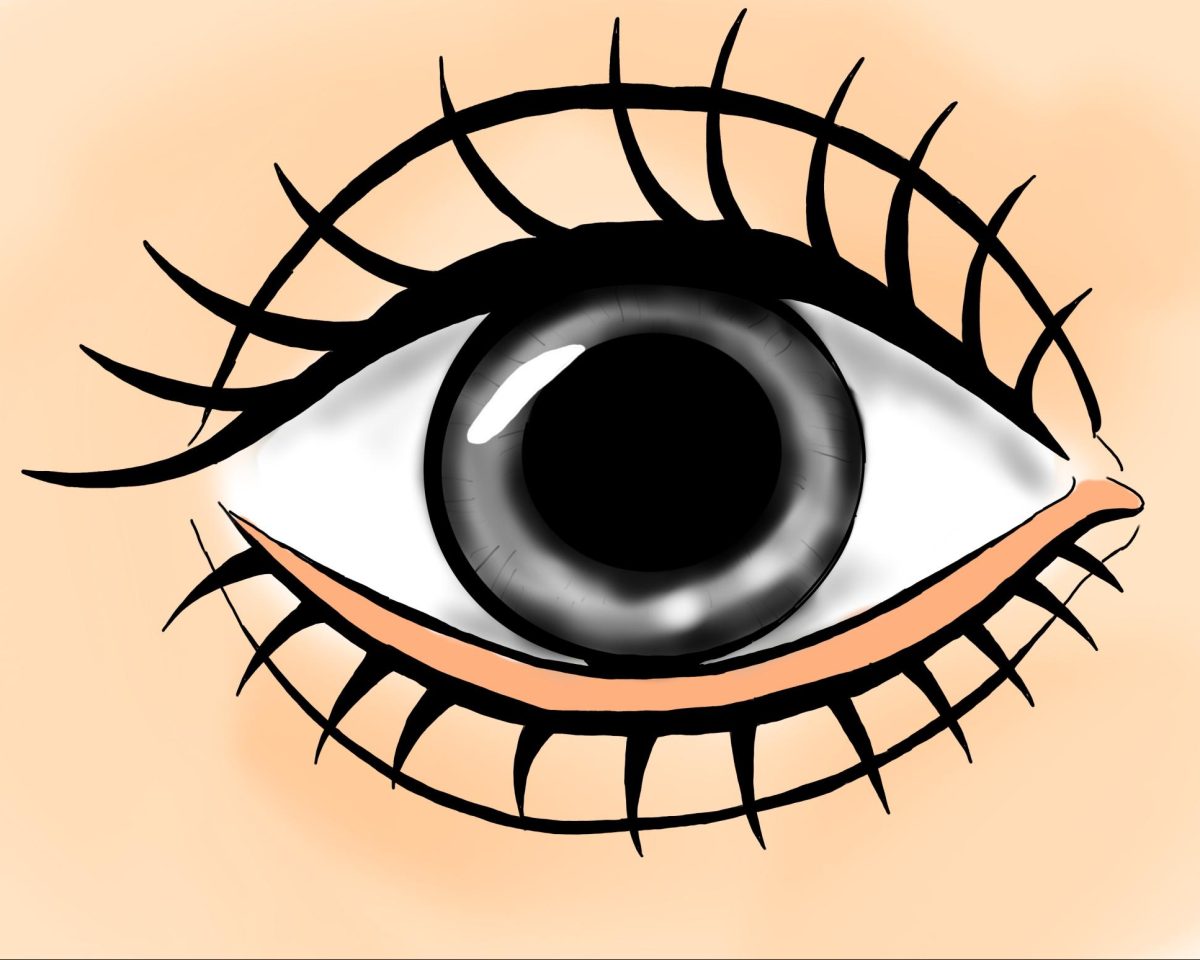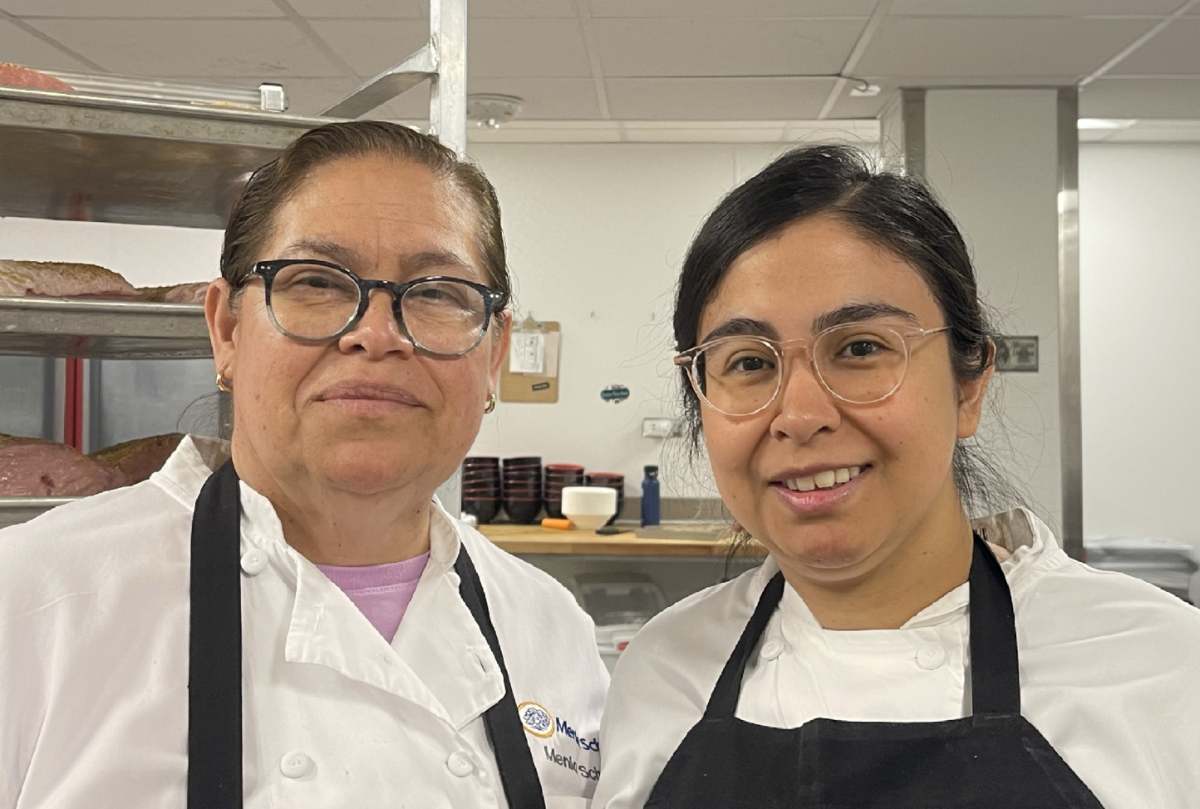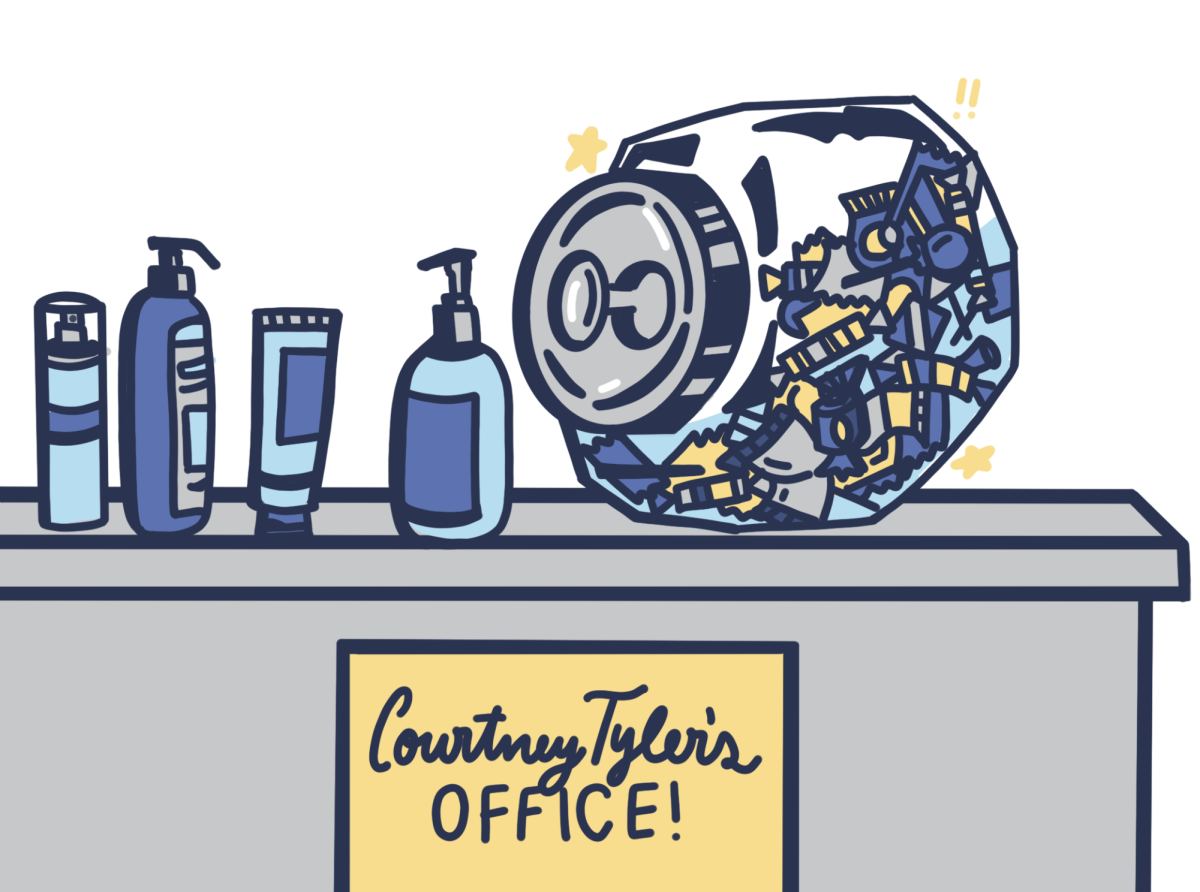In their chemistry classes, Menlo sophomores are introduced to the world of acids, bases, and indicators — substances that offer a visual color change to indicate the pH level of a given substance. What people often don’t consider, however, is what completing indicator labs would be like when our eyes have difficulty discerning between colors. Color vision deficiency, or color blindness, does exist, and it’s more common than one might think.
There are an estimated 300 million colorblind people in the world, with about 95% of those people being male. This is because colorblindness is an inherited condition embedded in the DNA of the X chromosome. In those afflicted, the optic nerve has a decreased ability to differentiate different colors, and in some cases to even perceive certain colors at all. The most common type is protanopia, in which reds and greens blur together as well as other colors that are similar shades to one another. However, many with the condition remain undiagnosed, as ophthalmologists and pediatricians don’t routinely check for it in children.
Senior Cormac Mulloy figured out at a young age that he is colorblind, as his father, grandfather and younger two siblings all have the same condition. He often sees greens and reds as the same, especially when they’re darker, and mixes up both blues and purples and yellows and light greens. “The way I explain it is, colors that already look similar will just look the same,” Mulloy said. Though there’s not one specific moment he remembers learning he was colorblind, he recalls trying on his grandfather’s colorblind correcting glasses, which use tinted lens technology to help those with certain forms of red-green colorblindness better distinguish colors, and was surprised by how much different his vision was. Specifically, the world appeared a lot more saturated through the lens of the glasses.
During one chemistry lab, Mulloy had to place different elements above a Bunsen Burner and name the colors it became, and he said that he would sometimes mess up because he would see a different color. “One time I went to complain to [my teacher] because the answer was between orange or purple, and I said yellow because I saw the orange wrong,” Mulloy said. “The answer was purple, so it turns out I got it wrong no matter what.” However, Mulloy does not feel that his color blindness greatly affects him and has no desire to see differently. He is accustomed to his vision and believes “it’s not the end of the world” if he mixes up colors occasionally.
Unlike Mulloy, sophomore Tyler Hinkie is the only person he knows of in his family with colorblindness, but his family caught on pretty quickly when he was learning his colors in primary school and would name the wrong ones. Though his variant is less severe and he feels it has improved with age, he has difficulty distinguishing shades that are similar to each other. “If I’m playing, like, board games with my family sometimes I’ll say the wrong color and they’ll just have to correct me,” he said.
“The thing that I definitely notice the most is during the game with all the circles,” Hinkie said. “I can never see the numbers.” Hinkie is referring to a “game” that has become popular online, in which a person is shown a circle made up of two colors of dots — a background color and a slightly different color that displays a number within the circle. The challenge is to distinguish between the very similar shades and make out what the number is. What many don’t know, however, is that this “game” is actually a diagnostic test called the Ishihara test, which detects red-green color deficiency. Hinkie said that he has never been able to differentiate the two colors, even in the ‘easy’ levels of the test, but does not feel that his colorblindness much affects his day-to-day life.
In a classroom of 24 students, odds are that at least one struggles with colorblindness. Not only does color deficiency exist in the world, but it’s present at Menlo, too — our community holds a spectrum of experiences and different ways of viewing the world. It doesn’t, however, limit a person’s ability to learn and succeed. “Every so often I might think a color is something else, but it’s not that pertinent to my life,” Mulloy said.









